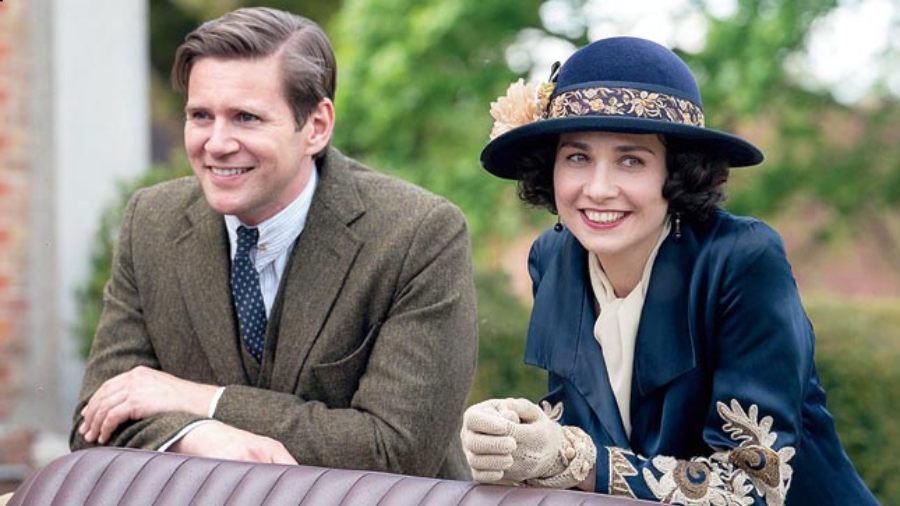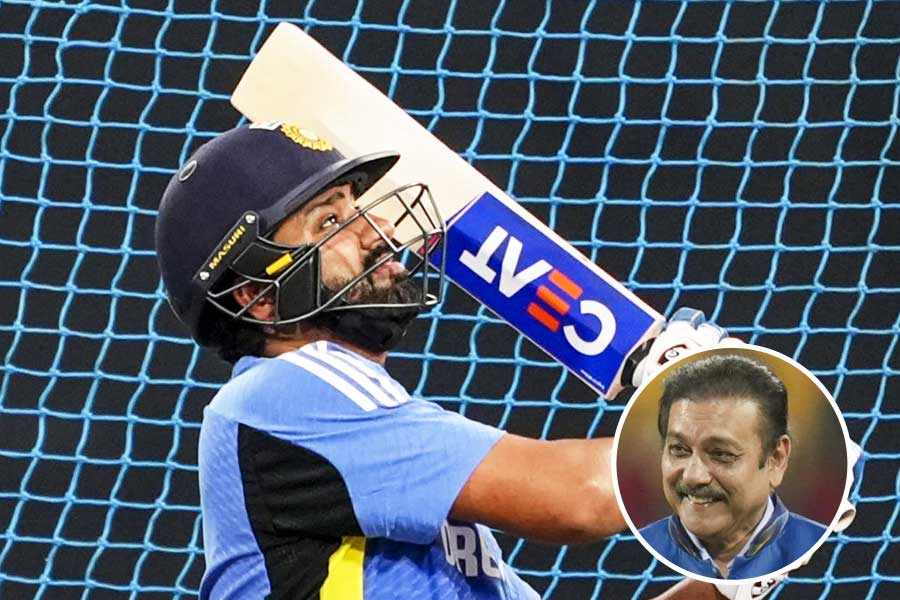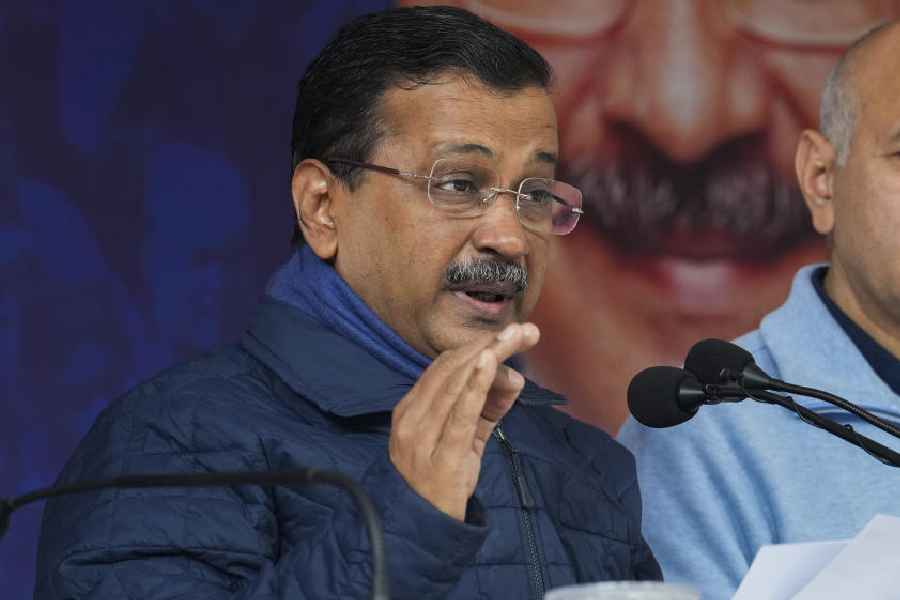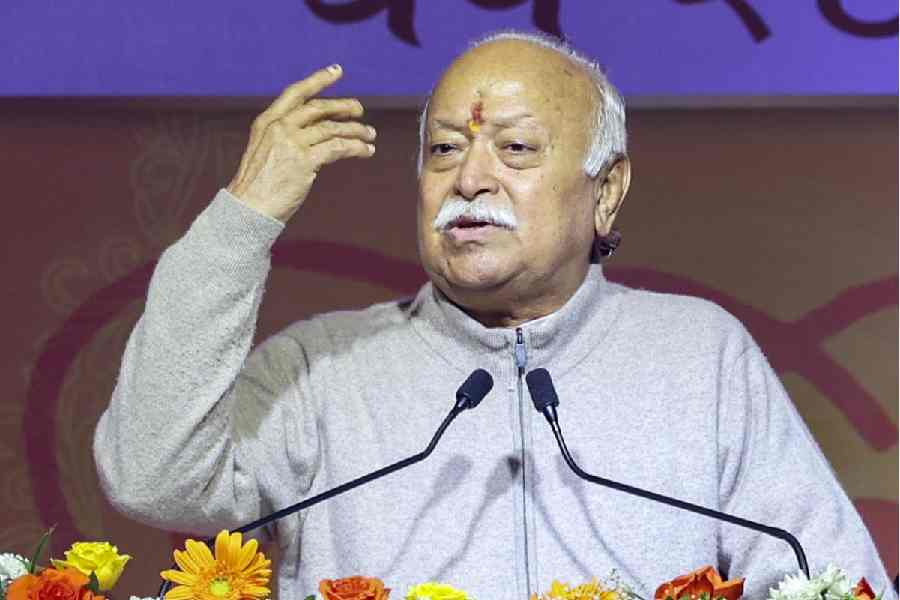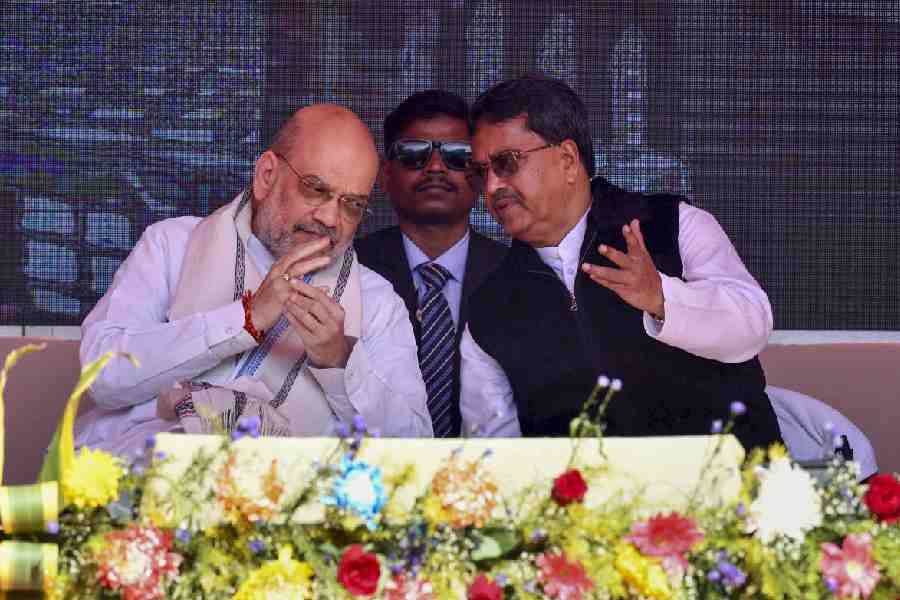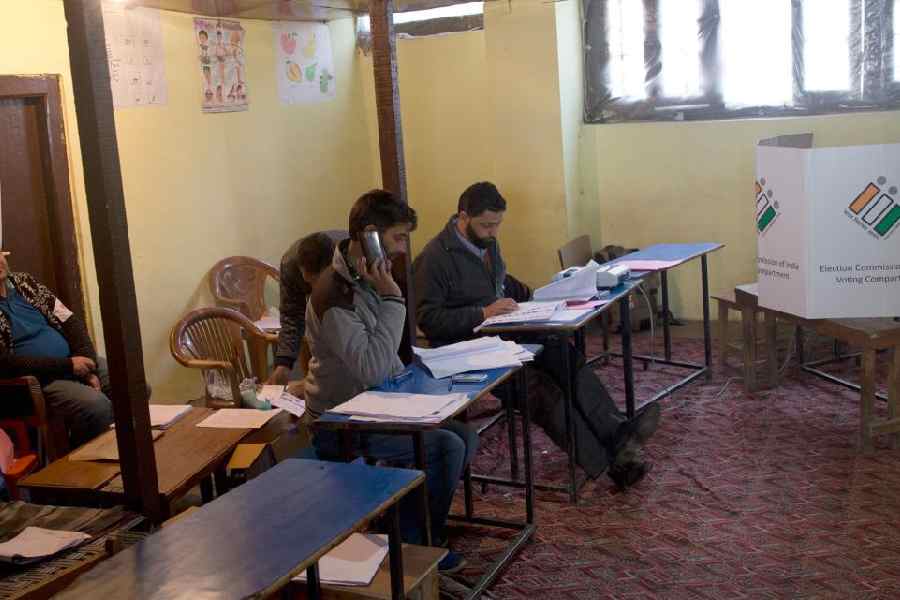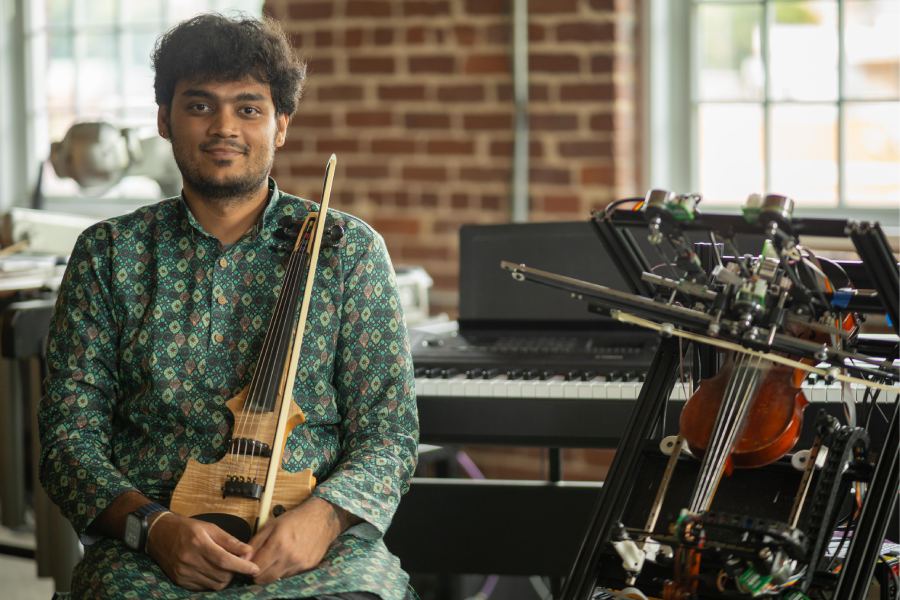The title of Downton Abbey: A New Era pledges that change has arrived at the Grantham family’s mansion after six seasons of television, a previous film and a zeitgeist shift that has caused a chunk of the show’s original audience to start regarding its characters’ generational wealth with disgust and relish, as though it were a wheel of rotten Stilton. The stately series that began its story with the sinking of the Titanic in 1912 has now arrived at the tail end of the 1920s. The choppy waters of modernity are materialising on the horizon. To stay afloat, this amiable sequel decides to ever so slightly democratise itself: The upstairs-downstairs division that has long separated the estate’s masters from their servants begins to leak.
So does Downton Abbey’s roof, which motivates Lady Mary (Michelle Dockery) to rent the cash-poor estate to a team shooting a silent film — makers of “kin-ema,” as Lady Mary’s father, Robert (Hugh Bonneville), calls it, disdainfully mispronouncing the name of the art form. (The moviemaking plot point may have been inspired by real life: The franchise’s shooting location, Highclere Castle, which resembles a vampire bat’s underbite, opened its doors to the show after Geordie Herbert, the Eighth Earl of Carnarvon and Queen Elizabeth II’s godson, realised that dozens of its rooms were rotting.)
Simon Curtis, the director, and Julian Fellowes, the Downton Abbey creator who also wrote A New Era, proceed to have their own actors compete to see who can land the best meta-zingers about the profession. “I’d rather earn my living down at the mine,” Maggie Smith’s sniffy Dowager Countess quips. The obvious rebuttal is that her bloodline hasn’t earned its living at all — a dig that Fellowes is finally comfortable alluding to, if not saying outright, as when two newlyweds, Tom and Lucy (Allen Leech and Tuppence Middleton), vow to prevent their children from turning into the idle rich.
Actors are just the people to upset the centuries-old social order. Two fictional movie stars, Myrna Dalgleish (Laura Haddock) and Guy Dexter (Dominic West), dress splendidly and command deference, even though she was born to a fruit seller and he pops down to the servants quarters to hit on the butler (Robert James-Collier), albeit with such sexless decorum that the target of his affection barely notices. While the lower classes flirt with upward mobility, the Dowager Countess inherits a villa from a Frenchman she briefly knew in 1864. What did she do to earn it? The grande dame is irked by the innuendo those around her express (tactfully, with widened eyes and bitten lips) — though she’s more aggrieved that everybody seems to reach for their funeral hats whenever she yawns. “I feel like Andromeda chained to a rock with you hovering,” she groans.
Fellowes’s screenplay seems antsy to usher its characters to either the morgue or the wedding chapel, lest they start rotting, too. Four couples partner off, their rushed romances giving a jerky momentum to a pace that otherwise bobs along like a canal ride at an amusement park, gliding past pleasant scenes of children playing croquet, cooks readying feasts and women beaming graciously in glittering dresses. The sequel still rests most of its extravagant weight on cosy familiarity. Not only does the film copy-paste an entire subplot from Singin’ in the Rain, its opening aerial shot of pennant-bedecked white tents could have been lifted from The Great British Baking Show,” that other pinnacle of British comfort-food entertainment. Yet, Fellowes manages to navigate Downton Abbey to charm both reactionaries and revolutionaries, finagling a sequence that allows the staff to usurp the formal dining room while the rich serve themselves at a buffet. The inversion gently rocks the boat, with no threat of tipping it over.
The New York Times News Service
Downton Abbey: A New Era (U/A)
Director: Simon Curtis
Cast: Maggie Smith, Hugh Bonneville, Hugh Dancy, Michelle Dockery, Allen Leech
Running time: 125 minutes

